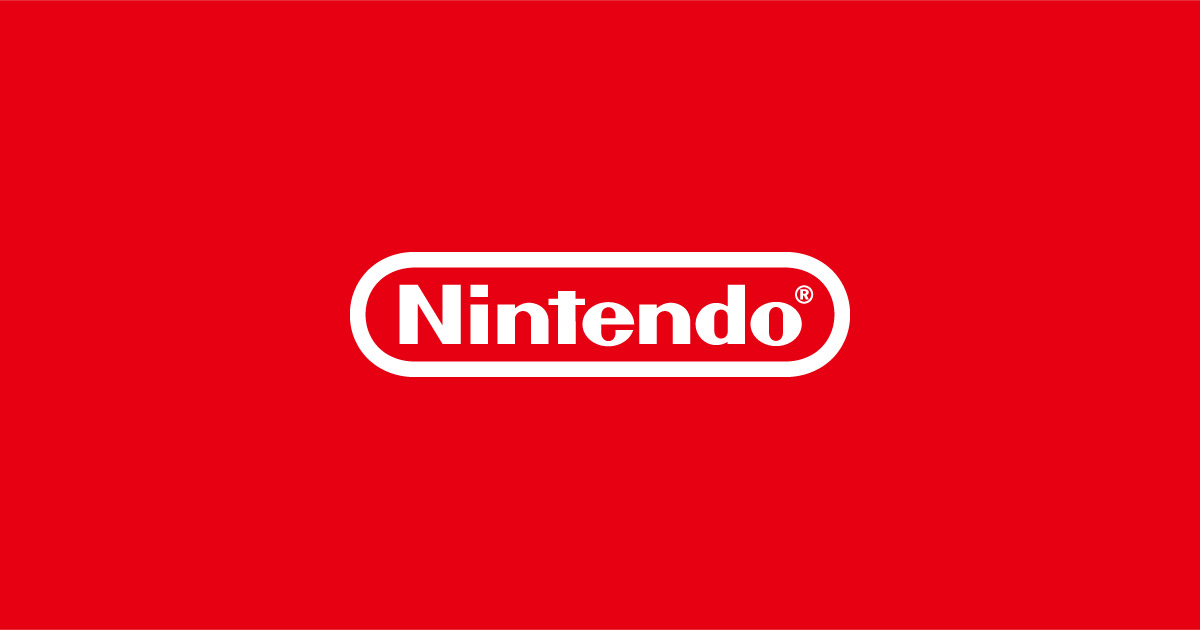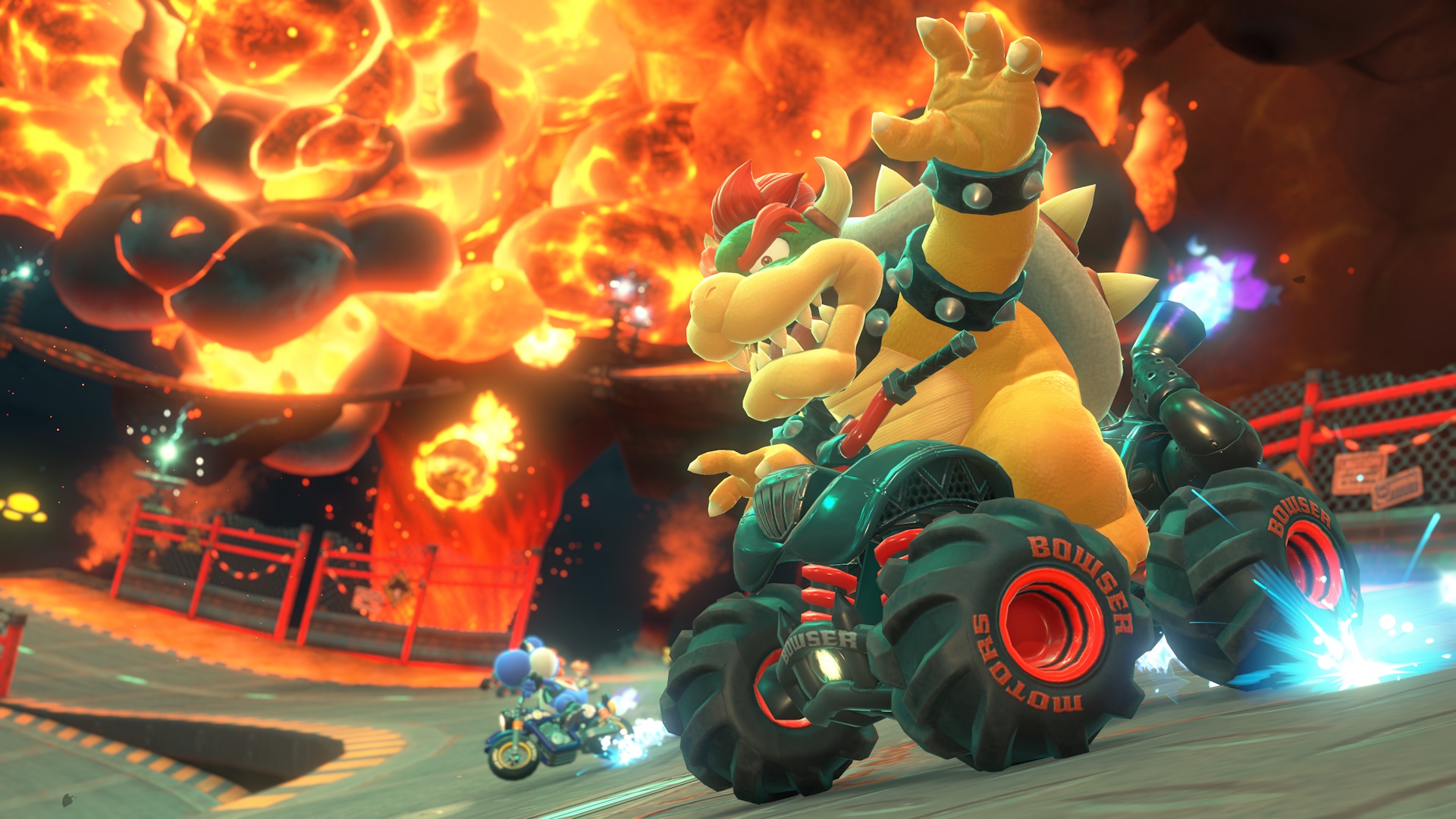The Sega Saturn holds a special place in video game history.
Despite being overshadowed in sales by its competitor, Sony's PlayStation, the Saturn has built a reputation as the home of some of the most acclaimed games of its generation.
Developed by Sega and released during the mid-1990s, the Saturn's North American launch remains a subject of intense industry discussion to this day due to its unorthodox and ultimately detrimental strategy. Originally, Sega of America planned to launch the Sega Saturn in the United States on September 2, 1995, an event they had dubbed "Saturnday." However, pressure from Sega's Japanese leadership led to a dramatic change in plans.
At the inaugural Electronic Entertainment Expo (E3) in 1995, Sega of America CEO Tom Kalinske announced that the Sega Saturn had already begun shipping to select retailers, making the system immediately available months ahead of schedule. While the move was intended to steal momentum from the upcoming PlayStation (PS1), the unintended consequences were significant.
Major retailers such as Best Buy, Walmart, and KB Toys were not included in the early distribution, leading to frustration and, in some cases, a refusal to carry the Saturn.
This significantly limited the console's accessibility to consumers during a critical sales window. Additionally, the Saturn's earlier-than-expected launch left it with a sparse initial game library.
Third-party developers, expecting a September release, were unable to have their titles ready in time.
As a result, only a handful of games were available from the console’s May arrival until the originally scheduled launch date.
The pricing decision also wounded its market prospects; Sega priced the Saturn at $399, while Sony undercut with a $299 price for the PlayStation, announced at the same E3 event. Reflecting on the situation, Tom Kalinske stated in an interview with Chris Dring for Time Extension in 2023: "We lacked sufficient stock and game titles.
Faced with a tough decision, I chose to launch immediately with a few retail partners and a limited lineup at E3.
In hindsight, launching a system requires a robust catalog and impactful marketing—elements we couldn't fully deliver." The strategy of beating Sony to market failed to pay off.
Despite being available for five months longer, the Sega Saturn was dramatically outsold by the PlayStation within two days of Sony’s North American launch on September 9, 1995.
The consequences were lasting: while Saturn’s North American sales never recovered, leading to a diminished presence in the West, the console found greater success in Japan, where it sold 5.75 million units—over half of its lifetime global sales of 9.26 million. The Sega Saturn’s North American launch serves as a lesson in how timing, pricing, retailer relations, and game availability are crucial factors in the fiercely competitive console industry.
Its legacy is a testament to how even innovative hardware can falter without cohesive strategy and execution.
Despite being overshadowed in sales by its competitor, Sony's PlayStation, the Saturn has built a reputation as the home of some of the most acclaimed games of its generation.
Developed by Sega and released during the mid-1990s, the Saturn's North American launch remains a subject of intense industry discussion to this day due to its unorthodox and ultimately detrimental strategy. Originally, Sega of America planned to launch the Sega Saturn in the United States on September 2, 1995, an event they had dubbed "Saturnday." However, pressure from Sega's Japanese leadership led to a dramatic change in plans.
At the inaugural Electronic Entertainment Expo (E3) in 1995, Sega of America CEO Tom Kalinske announced that the Sega Saturn had already begun shipping to select retailers, making the system immediately available months ahead of schedule. While the move was intended to steal momentum from the upcoming PlayStation (PS1), the unintended consequences were significant.
Major retailers such as Best Buy, Walmart, and KB Toys were not included in the early distribution, leading to frustration and, in some cases, a refusal to carry the Saturn.
This significantly limited the console's accessibility to consumers during a critical sales window. Additionally, the Saturn's earlier-than-expected launch left it with a sparse initial game library.
Third-party developers, expecting a September release, were unable to have their titles ready in time.
As a result, only a handful of games were available from the console’s May arrival until the originally scheduled launch date.
The pricing decision also wounded its market prospects; Sega priced the Saturn at $399, while Sony undercut with a $299 price for the PlayStation, announced at the same E3 event. Reflecting on the situation, Tom Kalinske stated in an interview with Chris Dring for Time Extension in 2023: "We lacked sufficient stock and game titles.
Faced with a tough decision, I chose to launch immediately with a few retail partners and a limited lineup at E3.
In hindsight, launching a system requires a robust catalog and impactful marketing—elements we couldn't fully deliver." The strategy of beating Sony to market failed to pay off.
Despite being available for five months longer, the Sega Saturn was dramatically outsold by the PlayStation within two days of Sony’s North American launch on September 9, 1995.
The consequences were lasting: while Saturn’s North American sales never recovered, leading to a diminished presence in the West, the console found greater success in Japan, where it sold 5.75 million units—over half of its lifetime global sales of 9.26 million. The Sega Saturn’s North American launch serves as a lesson in how timing, pricing, retailer relations, and game availability are crucial factors in the fiercely competitive console industry.
Its legacy is a testament to how even innovative hardware can falter without cohesive strategy and execution.





